Film Name: 聊齋:蘭若寺 / Curious Tales of a Temple
In recent years, I haven’t missed a single film from Zheguan Animation, and I’ve enjoyed them all. The recently released “Curious Tales of a Temple” has also won my favor.
The film adopts an anthology-style structure, using Pu Songling’s bizarre experience as the central thread to connect five classic stories from “Liaozhai Zhiyi.” Both the visual presentation and the range of genres are exceptional.
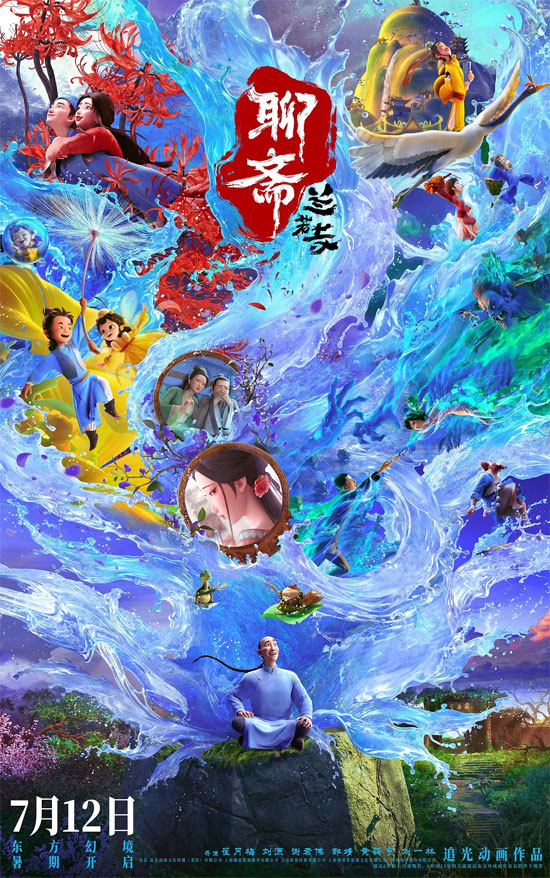
Of course, purely from the perspective of watchability, “Curious Tales of a Temple” isn’t entirely outstanding. The stylistic differences between the chapters are too great, leading to a slight disconnect in theme and expression. Some of the adaptations are indeed a bit simplistic and mundane. Most importantly, regardless of how well these stories are told, they can’t become “mainstream,” much like those few interesting but not required-to-memorize essays in a Chinese language textbook… Therefore, the film’s popularity is inevitably limited.
However, this “niche appeal” should not be seen as a drawback for “Curious Tales of a Temple.” On the contrary, it is the film’s most valuable strength—in an industry where peers either go for overly bold, unpalatable, or overly repetitive content, this refreshingly light-hearted offering once again expands the boundaries of subject matter for both Zheguang and Chinese animation as a whole. This alone is worthy of praise.
[Friendly reminder: The following text contains spoilers.]
I’ll talk about a few stories from Curious Tales of a Temple in the order they appear in the film. First is the humorous and lighthearted “The Taoist Priest of Lao Mountain.”
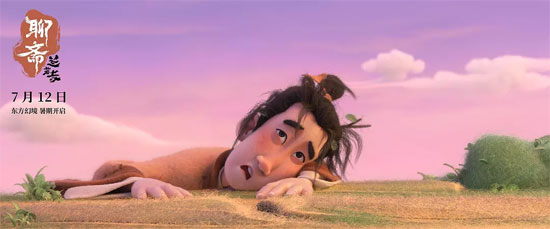
This story is one that many of us heard as children: Wang Cheng, who spent his days idling away and obsessed with cultivating immortality, believed he had mastered magical arts, only to end up making a fool of himself when his attempt to walk through a wall failed.
Although the film is 3D-animated, it adopts a rare felt-style art direction, giving it a sensory experience closer to traditional stop-motion animation. This fluffy, soft texture aligns perfectly with the story’s satirical yet gentle tone.
The protagonist, Wang Cheng, is prone to daydreaming, lazy, and lacks discipline, but he is not inherently bad. Even when he fails due to his vanity, the outcome is merely a public embarrassment, making the story both educational and entertaining, gentle and joyful.
Then there is the more childlike “Lotus Princess.”
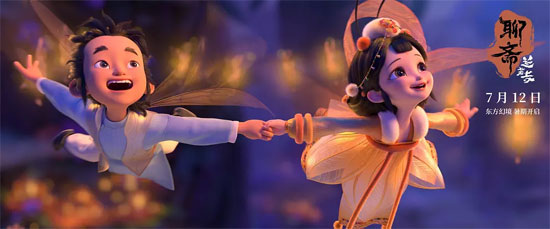
At first glance, my initial reaction was “too cute,” but as the plot unfolded, I fully embraced this adorable aesthetic.
The film uses dreams as a thread to connect Dou Xu with the Bee Kingdom. The scenes where he flies and plays with the Lotus Princess, each glance revealing a new world, are filled with childlike imagination. Later, when Dou Xu steps in to help defeat a powerful enemy, it reflects the simple, innocent sense of justice typical of a young man.
The above two stories largely belong to the same category: simple core, minimal adaptation, and cute art style. Many viewers appreciate them… but it seems that more people dislike their childishly “simplistic” nature.
Here’s where I’ll interject: simplicity and tradition are not necessarily flaws. Capturing the essence of the source material is the bare minimum. Sometimes, downward compatibility is more important than upward sophistication. Therefore, while many adults find these stories engaging, I also highly recommend them to children.
Next is “Nie Xiaoqian,” which I personally find less appealing.
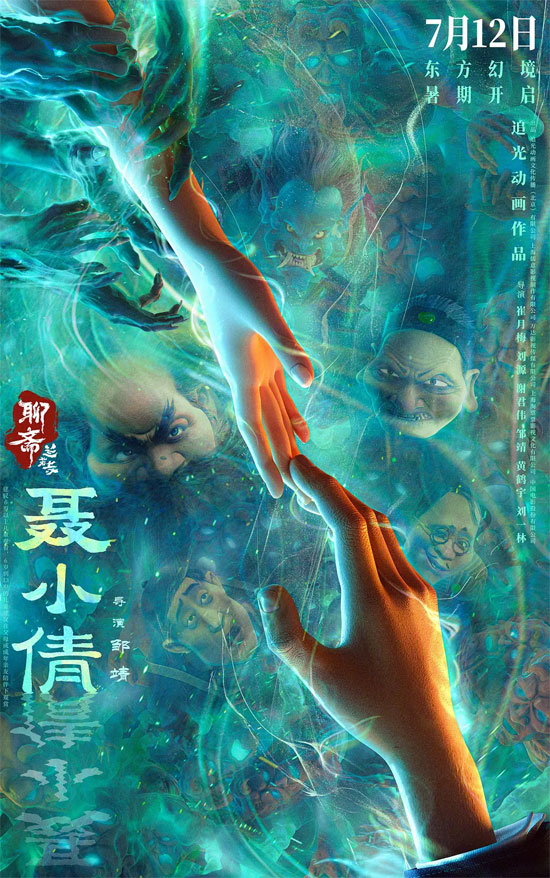
At first glance, this film appears to be the most heavily adapted, not only relocating the entire story to the turbulent era of the Republic of China but also transcending the divide between humans and ghosts, allowing Ning Caichen and Nie Xiaochan to ultimately unite and live together in the midst of chaos.
However, upon closer inspection, one will find that this story is a typical case of “same wine, different bottle.” The changes in setting and ending do not bring any substantial new ideas. Not only are the basic character designs and plot structure identical to the original work, but the characters’ emotions and corresponding motivations for their actions are even somewhat shallow and timid.
From an adaptation perspective, “Nie Xiaoqian” could easily fit into the first two installments, but it is undeniably an adult-oriented work. The contradictions and hesitations it portrays are a microcosm of the series’ indecision in direction.
Finally, we come to my favorite, the most polished, and what audiences generally consider the best installment: “Painted Skin.”
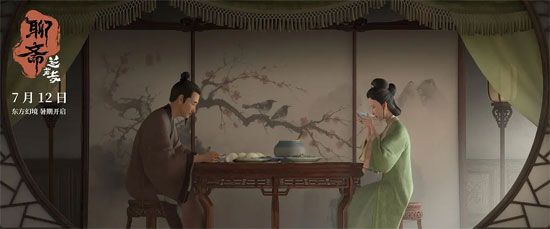
When we previously discussed this story, it was either centered on the man who is bewitched or the female ghost who can change her skin, which everyone can understand. However, before its release, this film positioned itself on the theme of “spousal affection.”
Thus, the audience first witnesses Wang Daliang and Chen Shi’s superficial, lackluster daily life: Chen Shi rises early, combs her hair before an old bronze mirror, prepares a delicate, light breakfast, exchanges a few half-hearted words with Wang Daliang, and then he leaves early and returns late.
While the female ghost is undoubtedly the focal point of the story, you will notice that the root cause of her harmful actions aligns with the hardships faced by Chen Shi—the inability to make autonomous choices and the necessity to submit to others under the feudal marriage system.
From a contemporary aesthetic perspective, it would be more sensational and have greater potential for resistance to have the female ghost as the protagonist. However, the brilliance of “Painted Skin” lies in its decision to shift the primary perspective to Chen Shi in the latter half of the film.
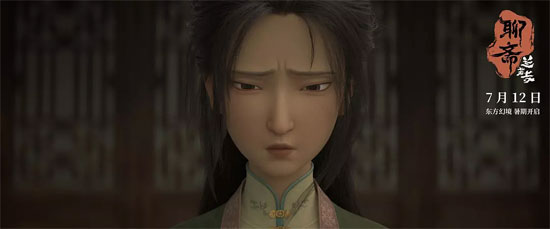
Especially after Wang Daliang’s death, whether it was her younger uncle taking charge or the Taoist priest exorcising demons, Chen Shi’s reactions were never “dramatic”… until she had to face the choice of whether to revive her husband.
The beggar sage’s words seemed mad, yet each one struck at the core of Chen Shi’s heart: Why? What for?
If it were about love, then after years of living together and the recent events, there was likely no love left… Was it like a female ghost, unwilling to lose a home that provided “a roof over her head and three meals a day”? Or perhaps she simply couldn’t leave this prison that confined her.
At the end of the story, the word “disgusting” that appeared on the black screen summed up the attitude toward everything, a critique and conclusion far more sophisticated than the rhetoric of defeating scummy men.
Let’s briefly discuss the highly sugary “Lu Gongnu” as well.
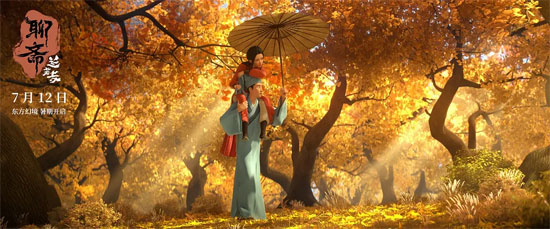
This film is the most visually stunning in terms of scenes, and also the most saturated, twisted, and structurally complete in terms of plot.
Zhang Yudan falls in love at first sight with Lu Ying, who saves him, while Lu Ying develops feelings for Zhang Yudan over time as he runs away with her. It’s a love story that everyone avoids acknowledging but keeps repeating—a tale of mutual attraction and external influences, with compelling details.
The only drawback is that the plot twist in the latter part of “Lu Gongnu,” based on the original setting, is too abrupt, lacking sufficient buildup and refinement. The emphasis on the cyclical nature of fate clashes with the lighthearted, pure love of the first half, and it might have been better as a feature-length film.
Speaking of which, let’s briefly mention the main storyline of “Curious Tales of a Temple,” the “Well Story,” which serves as a connecting thread.
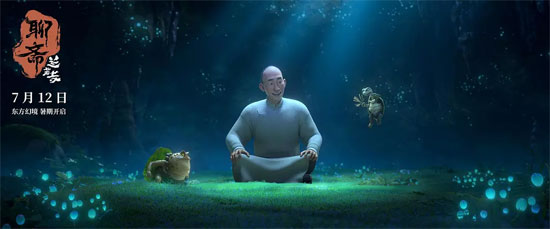
The film uses the story of Pu Songling staying at the Lanruo Temple, where he is kidnapped by the two supernatural beings Lingchan Shangren and Xuan gui Zi to serve as judges. This is indeed a clever—if somewhat underhanded—approach, as Pu Songling is both the original author and the narrator, while also moonlighting as a commentator, delivering witty remarks and summarizing the story. He effectively speaks for the audience, expressing their thoughts and feelings, while also providing a concise summary of the plot. It’s incredibly satisfying.
However, due to its limited runtime and simple plot (which mostly revolves around who tells the better story), the characters feel more like background props for the narrator. As an original story aimed at shaping Pu Songling’s image, it is clearly lacking in depth.
Of course, this is just a minor complaint that doesn’t detract from the overall quality. I would definitely recommend everyone to check out “Curious Tales of a Temple,” even though it’s unlikely to become a “hit,” its unique creative approach is exactly what we need.
Please specify:Anime Phone Cases » Curious Tales of a Temple 聊齋:蘭若寺 2025 Film Review: Why not try a bite of the light and refreshing Curious Tales of a Temple?